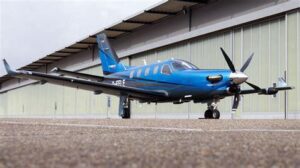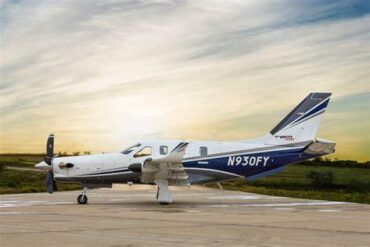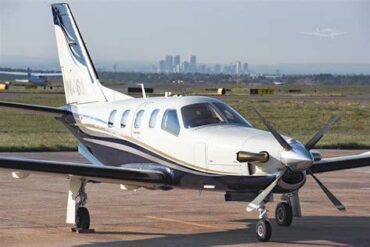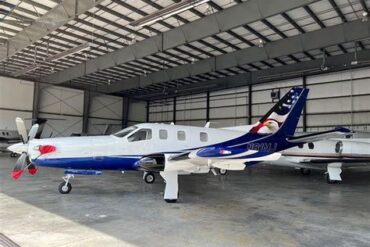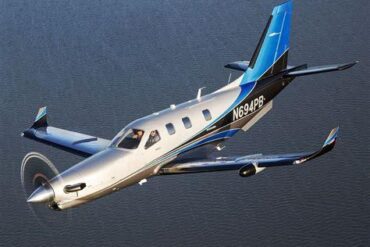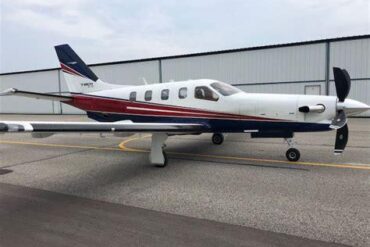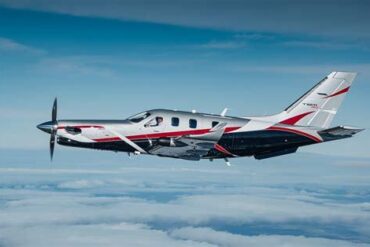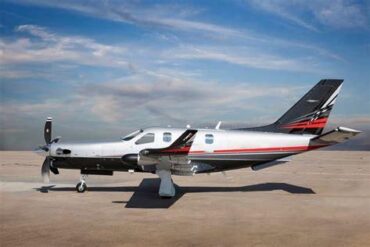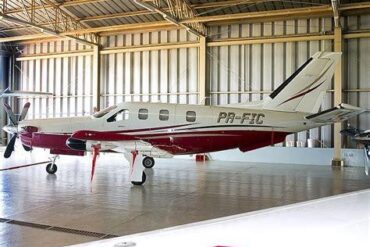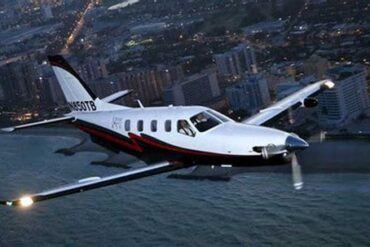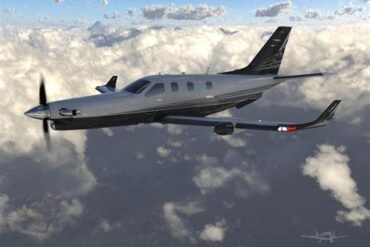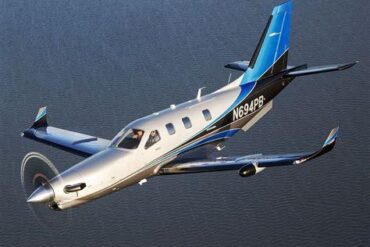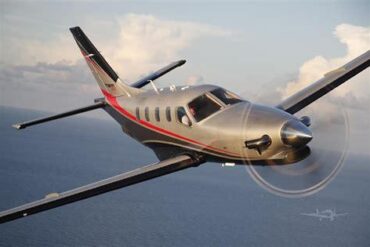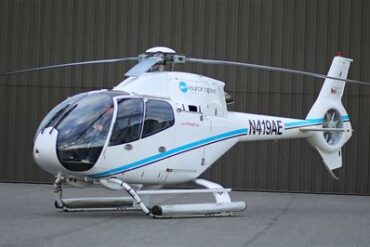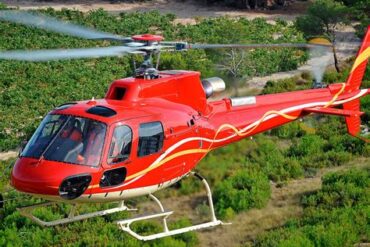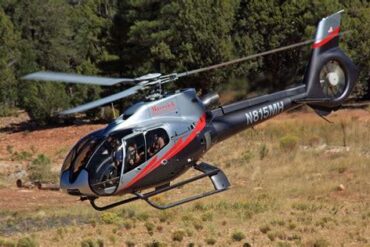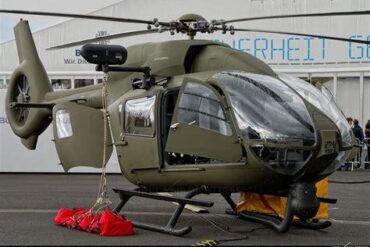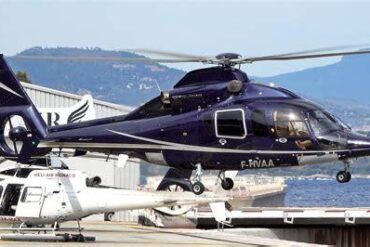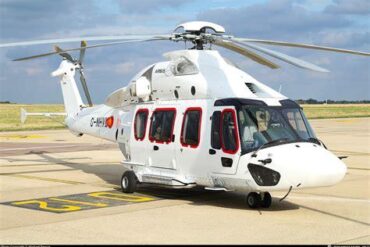The Socata TBM 930 is a remarkable aircraft that combines performance, efficiency, and luxury. Designed for both private and business use, this single-engine turboprop aircraft has gained a reputation for its impressive speed and range. In this article, we will explore the price of the Socata TBM 930 and delve deeply into its operating costs, providing an extensive overview for prospective buyers and owners.
Overview of the Socata TBM 930
The TBM 930 is the latest iteration in the TBM series, known for its advanced technology and pilot-friendly features. With a maximum cruise speed of around 330 knots and a range of approximately 1,730 nautical miles, it stands out among its competitors. The cabin is designed for comfort and luxury, accommodating up to six passengers, making it ideal for both business travel and family vacations. The aircraft is powered by a Pratt & Whitney PT6A-66D engine, renowned for its reliability and performance.
Price of the Socata TBM 930
When considering the purchase of a Socata TBM 930, it’s essential to understand the initial investment required. As of the latest market analysis, the price of a new TBM 930 typically ranges from $4 million to $4.5 million. However, prices can fluctuate based on several factors:
-
Customization Options: Buyers have the option to customize their aircraft with various interior finishes, avionics upgrades, and additional features, which can significantly affect the overall price.
-
Market Demand: The general aviation market can influence prices. In a seller’s market, prices may trend higher due to demand.
-
Condition of Pre-Owned Aircraft: If considering a pre-owned TBM 930, factors such as flight hours, maintenance history, and overall condition play crucial roles in determining the price.
Financing Options for the TBM 930
Purchasing a TBM 930 is a significant financial commitment. Prospective buyers should consider various financing options:
-
Conventional Loans: Traditional bank loans are commonly used to finance aircraft purchases. Typically, lenders require a down payment ranging from 10% to 20% of the aircraft’s purchase price.
-
Leasing Options: For those who prefer not to commit to full ownership, leasing can be a viable alternative, allowing for lower monthly payments and greater flexibility.
-
Tax Incentives: Understanding the tax implications and potential deductions associated with aircraft ownership can also influence financing decisions. Consulting with a tax professional is advisable.
Operating Costs of the TBM 930
After acquiring the TBM 930, owners must consider ongoing operating costs. These costs encompass various aspects of aircraft ownership, including fuel, maintenance, insurance, and pilot salaries. Here’s a detailed breakdown of each:
1. Fuel Costs
The TBM 930 has a fuel consumption rate of approximately 30 gallons per hour. Given the average price of aviation fuel, which fluctuates but is often around $5 to $7 per gallon, annual fuel costs can vary significantly based on usage.
For example, if the aircraft flies 200 hours annually, the estimated fuel cost would be:
-
30 gallons/hour × 200 hours = 6,000 gallons/year
-
6,000 gallons × $6/gallon = $36,000/year
2. Maintenance Costs
Maintenance is a critical aspect of aircraft ownership. The TBM 930, being a sophisticated aircraft, requires regular maintenance to ensure safety and performance. Owners should budget for:
-
Scheduled Maintenance: Routine inspections and servicing, including engine checks and airframe maintenance, can cost approximately $15,000 to $25,000 annually.
-
Unscheduled Repairs: While it’s challenging to predict, setting aside funds for unexpected repairs is prudent. A reserve of $5,000 to $10,000 is recommended.
3. Insurance Costs
Aircraft insurance is another essential expense. The cost of insuring a TBM 930 can vary based on factors like the owner’s flying experience and the aircraft’s value. Generally, insurance costs range from $15,000 to $25,000 annually. It’s wise to obtain quotes from multiple insurers to find the best coverage at a competitive rate.
4. Pilot Salaries
If the owner does not plan to fly the aircraft themselves, hiring a qualified pilot is necessary. Pilot salaries can vary widely depending on experience and location. For a TBM 930 pilot, expect to pay between $70,000 and $120,000 annually. Some owners opt for fractional ownership or charter services, which can mitigate this cost.
5. Hangar Fees
Storing the aircraft is another important consideration. Hangar fees depend on the airport and the type of storage facility. Owners should anticipate spending anywhere from $500 to $2,000 per month, translating to $6,000 to $24,000 annually.
6. Miscellaneous Costs
Other expenses that owners should consider include:
-
Landing Fees: Fees charged by airports for using their facilities.
-
Navigation and Communication Fees: Costs associated with onboard systems and equipment.
-
Training Costs: Continuous training for pilots, especially for owners who intend to fly the aircraft themselves.
Total Estimated Operating Costs
To summarize the operating costs, we can provide a rough estimate for a typical owner flying about 200 hours per year:
| Expense Type | Annual Cost Estimate |
|---|---|
| Fuel | $36,000 |
| Maintenance | $20,000 |
| Insurance | $20,000 |
| Pilot Salary | $100,000 |
| Hangar Fees | $12,000 |
| Miscellaneous | $10,000 |
| Total | $198,000 |
This estimated total of $198,000 provides a solid baseline for understanding the financial commitment associated with operating a Socata TBM 930.
Conclusion
In conclusion, the Socata TBM 930 represents an exceptional blend of performance, luxury, and efficiency. While the initial purchase price can be substantial, the aircraft’s capabilities make it a worthy investment for serious aviators. Understanding the ongoing operating costs is crucial for potential owners, enabling them to make informed financial decisions. With proper planning and management, owning a TBM 930 can be a rewarding experience, allowing for unparalleled travel convenience and comfort.
